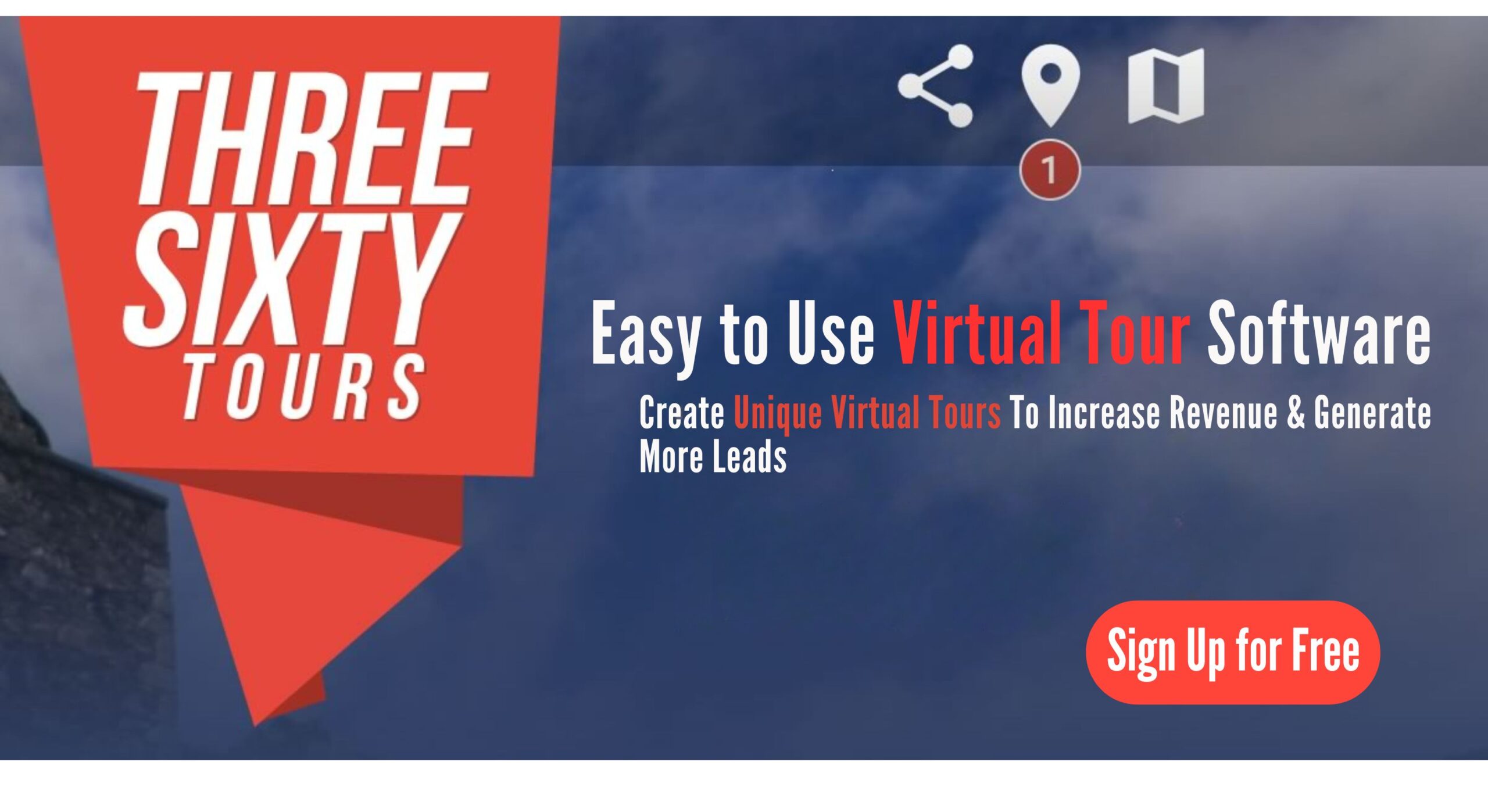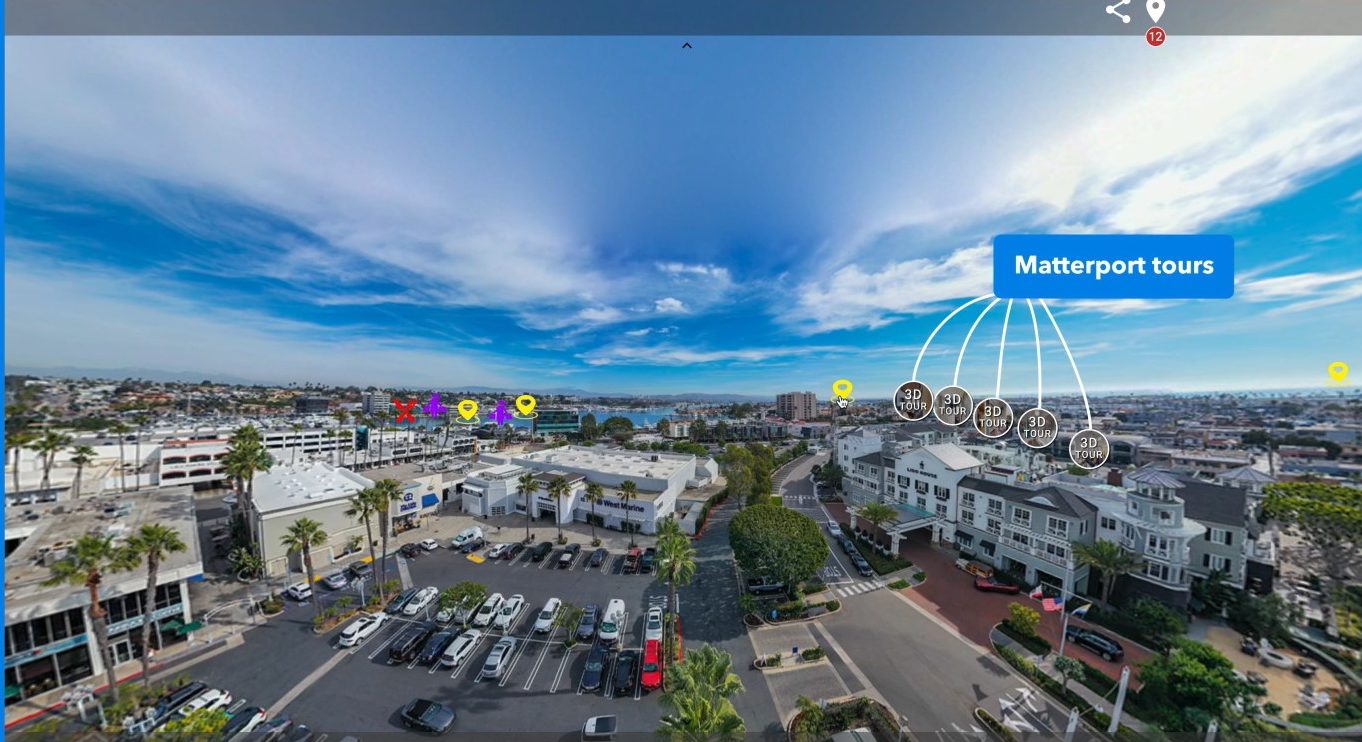360 images for ecommerce
360 Images for Ecommerce: The Future of Immersive Online Shopping
I. Introduction
Online shopping has come a long way. Today’s consumers expect more than just static images and bullet-point descriptions. They want to see, feel, and experience products before they buy.
That’s where 360-degree images come in. These interactive visuals let shoppers rotate, zoom, and explore products from every angle. It’s like holding the product in your hands — right from your screen.
If you’re already using virtual tours for real estate or photography, adding 360 images to ecommerce is a natural next step. Platforms like www.threesixty.tours make it easy to create and share immersive content that grabs attention and drives sales.
Studies show that 91% of consumers prefer visual content over text. Additionally, 360-degree images can boost engagement by up to 40%. In a crowded ecommerce market, that kind of edge can make all the difference.
In this article, we’ll break down the benefits of 360 images, the tools you need, how to implement them, and how to measure their impact. Whether you’re a photographer, real estate agent, or online seller, this guide will show you how to use 360 imagery to elevate your ecommerce game.
II. Benefits of 360 Images in Ecommerce
A. Enhanced Customer Experience
360 images make online shopping more like in-store shopping. Instead of guessing what a product looks like from one or two angles, customers can:
- Spin it around
- Zoom in
- Really explore the details
This helps eliminate doubts. For example, if someone’s shopping for a designer handbag, they can inspect the stitching, the hardware, and even peek inside the compartments. That kind of transparency builds trust.
And trust leads to sales. Shoppers who spend more time on your product pages are more likely to buy. Plus, longer time on site can improve your SEO rankings — a win-win.
B. Reduction in Product Returns
Returns are a major headache in ecommerce. They cost time, money, and customer loyalty. Often, returns happen because the product wasn’t what the customer expected.
360 images help fix that. When shoppers can see every angle, they know exactly what they’re getting. More info means fewer surprises. For example:
- A customer buying a DSLR camera can check out the ports, buttons, and screen before purchasing.
This leads to better decisions — and fewer returns.
C. Differentiation from Competitors
Standing out online is tough. But 360-degree images can give you a real edge. They showcase that your brand is forward-thinking and focused on customer experience.
If you’re already using www.threesixty.tours for real estate or virtual tours, offering 360 product showcases is a great way to expand your services. It adds value and opens up new revenue streams for you.
Brands that use interactive content tend to earn more loyalty, too. Customers remember companies that go the extra mile to make shopping easier and more engaging.
D. Increased Buyer Confidence
When buyers can explore a product thoroughly, they feel more confident clicking “Buy Now.” Confidence:
- Reduces cart abandonment
- Boosts conversion rates
Imagine shopping for a piece of furniture. With a 360 image, you can see how it looks from every side. You can check the legs, finish, and even how it fits in a room. That kind of detail helps buyers feel sure they’re making the right choice.
E. Greater Social Sharing Potential
People love sharing cool, interactive content. 360 images are more likely to get shared on social media than static photos. This leads to more exposure for your brand — without extra ad spend.
When you host your content on platforms like www.threesixty.tours, it’s easy to share links across Facebook, Instagram, and other channels.
III. Technical Aspects of 360 Image Creation
A. Equipment Needed
You don’t need a Hollywood studio to create 360 images — but you do need the right gear.
Start with a 360 camera like the Ricoh Theta Z1 or Insta360. These cameras are:
- Compact
- User-friendly
- Designed for immersive photography
If you prefer using a DSLR, you can use a panoramic tripod head and a fisheye lens to capture multiple angles.
You’ll also need image stitching software. PTGui and Adobe Photoshop are popular choices. They help you blend images into a seamless 360 view.
Lighting matters too! Use a lightbox or softbox setup to ensure even lighting. Shadows and glare can ruin the experience, so aim for clean, consistent illumination.
B. Techniques for Capturing 360 Images
Getting great 360 images takes some practice. The key is consistency.
- Place your product on a turntable to rotate it smoothly.
- Capture images every 10 to 15 degrees for a full rotation — that’s about 24 to 36 shots.
- Keep your camera at the same height and distance for each shot.
Once you’ve captured the images, use stitching software to combine them. Then, edit for brightness, contrast, and alignment. The goal is a smooth, distortion-free image that lets users explore without distractions.
C. Format and File Optimization
Once your 360 image is ready, it needs to be optimized for web use.
- Use JPEG for individual frames.
- Use HTML5 or WebGL for interactive viewers.
These formats are widely supported and load quickly. Large files can slow down your site, which hurts user experience and SEO. Use compression tools to reduce file size without sacrificing quality.
Make sure your 360 images are responsive. They should look great on desktops, tablets, and phones. Platforms like www.threesixty.tours handle this automatically, so your content is mobile-friendly out of the box.
D. Hosting and Embedding
You’ll need a reliable platform to host and share your 360 content. That’s where www.threesixty.tours shines.
It offers easy embedding options for your ecommerce site, coupled with:
- Fast load times
- Customizable viewers
You can add branding, adjust viewer controls, and track engagement — all from one dashboard.
IV. Implementing 360 Images in an Ecommerce Platform
A. Choosing the Right Ecommerce Platform
Not all ecommerce platforms support 360 images natively. However, many allow custom code or third-party apps that make integration easy.
- Shopify
- WooCommerce
- BigCommerce
Each has plugins or HTML support for embedding 360 viewers. With www.threesixty.tours, you can generate embed codes that drop right into your product pages. No heavy coding required.
B. Incorporating 360 Images into Product Listings
Placement matters. Your 360 image should be front and center — ideally, the first thing shoppers see.
Use clear icons or labels like “360 View” so users know it’s interactive. Include instructions if needed, though most platforms use intuitive click-and-drag controls.
Link your 360 image with product details, specs, and pricing. The more cohesive your listing, the smoother the shopping experience.
C. Best Practices for Showcasing 360 Content
Here’s how to make your 360 images shine:
- Place them above the fold for maximum visibility.
- Combine them with lifestyle photos and demo videos.
- Use consistent branding — colors, logos, and viewer skins.
- Test on multiple devices to ensure compatibility.
Also, consider using hotspots — clickable points within the image that provide extra info. For example, clicking a hotspot on a handbag could show a close-up of the zipper or describe the material.
D. Accessibility Considerations
Make your 360 content accessible to all users. Add alt text for screen readers and ensure controls are keyboard-friendly. This not only improves usability but also helps with SEO.
V. Measuring the Impact of 360 Images
A. Key Performance Indicators (KPIs) to Track
Once your 360 images are live, it’s time to measure results. Key metrics include:
- Conversion Rate: Are more users buying after interacting with the image?
- Time on Page: Are visitors spending more time exploring your products?
- Bounce Rate: Are fewer users leaving your site after viewing a product?
These numbers help you understand what’s working — and what needs tweaking.
B. A/B Testing to Evaluate Effectiveness
Run A/B tests by creating two versions of your product page — one with traditional images and one with a 360 view.
Track which version performs better in terms of engagement and sales. This gives you hard data to justify your investment in 360 content.
You can also collect feedback through quick surveys. Ask users if the 360 image helped them feel more confident about their purchase.
C. Case Studies of Successful Implementation
Real-world examples show just how powerful 360 images can be.
- A furniture retailer added 360 views to their product pages and saw a 30% increase in conversions. Customers loved being able to “walk around” the furniture virtually.
- A camera shop reduced returns by 25% after adding 360 images. Shoppers could inspect buttons, dials, and ports before buying — so there were fewer surprises.
Photographers and real estate agents using www.threesixty.tours can replicate these results. By offering 360 product showcases, you can deliver more value to clients and stand out in a competitive market.
D. Long-Term ROI
360 images aren’t just a short-term gimmick. They offer long-term benefits like:
- Higher customer satisfaction
- Lower return rates
- Stronger brand loyalty
Over time, these benefits add up — leading to better margins and more repeat business.
VI. Conclusion
360 images are changing the way we shop online. They bring products to life, build trust, and make ecommerce more engaging.
If you’re already using virtual tours for real estate or photography, platforms like www.threesixty.tours make it easy to branch into ecommerce. You already have the skills — now it’s time to expand your services.
The future of ecommerce is immersive. Consumers want more than just pictures — they want experiences. And 360 images deliver exactly that.
So whether you’re selling your own products or helping clients showcase theirs, now is the time to integrate 360 imagery into your strategy. Start exploring, start sharing, and start converting — with www.threesixty.tours.


